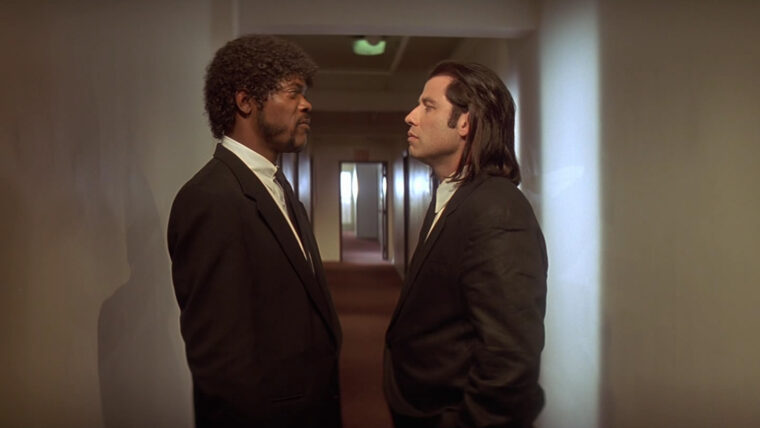Or how Darren Aronofsky’s obsessions became his characters’ obsessions
With films like “Black Swan,” “Requiem for a Dream,” “The Wrestler,” and “Mother!,” creative director Darren Aronofsky has carved out a special place for himself by delving into the depths of human sorrow and self-destruction. Characters that are either locked in the unrelenting pursuit of their goals, tortured by their demons, or on a collision course with their own destruction frequently appear in Aronofsky’s films. These self-destructive characters are a potent representation of the human condition because they reveal how flimsy and frequently harmful our aspirations and obsessions are. We shall explore deeper into the concepts and methods used by Aronofsky to produce his stunning and terrifying depictions of self-destruction in this post.
The Temptation of Escapism:
A recurring theme in Aronofsky’s films is the allure of escapism. His characters find themselves grappling with the desire to escape from their painful realities, seeking solace in various vices or fantasies.

In “Requiem for a Dream,” we witness the devastating consequences of addiction as characters spiral into a harrowing abyss. Aronofsky unflinchingly exposes the seductive power and ultimate destruction of seeking solace in artificial means. The characters’ initial yearning for a reprieve from their struggles eventually leads to their complete downfall, underscoring the notion that escaping reality is not a sustainable solution.
The Pursuit of Perfection:
Another common theme in Aronofsky’s films is the relentless pursuit of perfection. Characters like Nina in “Black Swan” and Randy “The Ram” Robinson in “The Wrestler” are driven by an unattainable desire to be the best in their respective fields. They sacrifice their mental and physical well-being in an effort to achieve an idealized version of themselves. Aronofsky brilliantly portrays the destructive consequences of this relentless pursuit, emphasizing the toll it takes on the individual’s sanity, relationships, and overall sense of self.
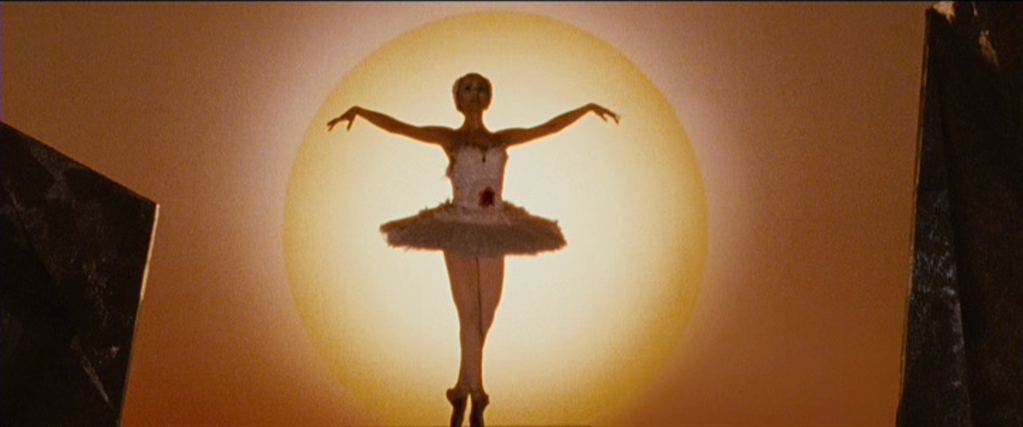
In “Black Swan,” Nina’s pursuit of perfection as a ballet dancer leads to a descent into madness. As she becomes consumed by her obsession, her perception of reality becomes distorted, blurring the boundaries between her inner and outer worlds. Aronofsky skillfully conveys the psychological toll of striving for an unattainable ideal, showcasing the fragility of the human psyche.
Similarly, in “The Wrestler,” Randy “The Ram” Robinson’s relentless pursuit of his wrestling career leads to the deterioration of his physical health and personal relationships. The toll of his chosen profession becomes evident as he grapples with the consequences of his decisions, highlighting the destructive nature of an unattainable dream.
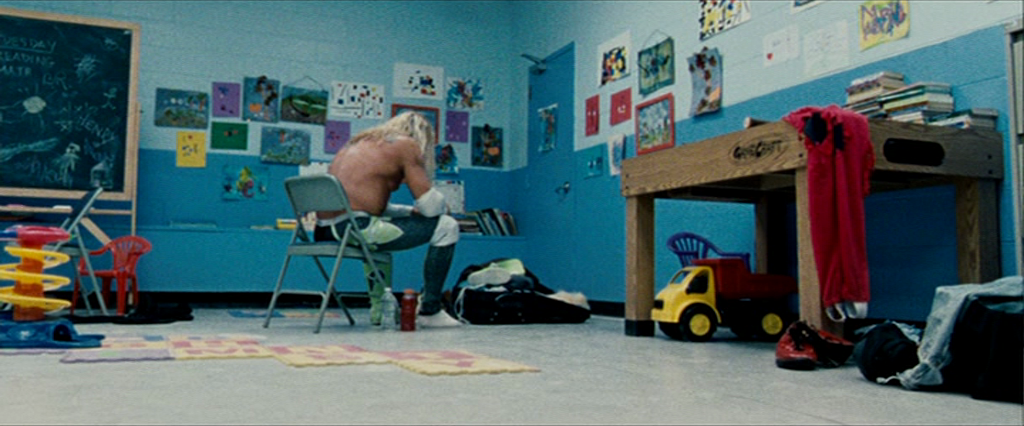
The Haunting Past:
The past traumas that plague Aronofsky’s characters frequently feed their propensities for self-destruction. In “Mother!,” the main character, known only as Mother, is faced with a string of unsettling incidents that appeal to her innermost fears and phobias. These experiences are used by Aronofsky to examine the cyclical nature of trauma and the significant psychological effects it can have. As the story goes on, Mother’s world starts to fall apart, and she is compelled to face her deepest doubts and fears.
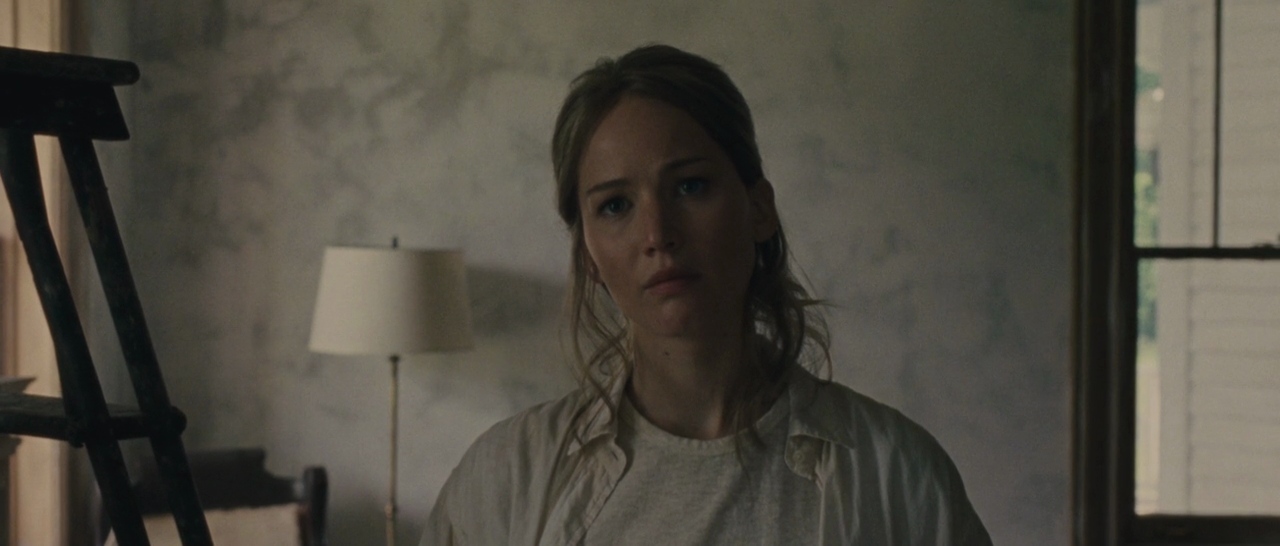
Aronofsky emphasises the unavoidable nature of trauma and the ways it can affect one’s behaviour by diving into the characters’ eerie pasts. By trying to ignore or bury their pasts, the characters’ destructive tendencies are simply made worse, furthering their descent into chaos and misery.
The Loss of Identity:
Another common theme in Aronofsky’s movies is identity crises. His characters struggle with issues of identity and potential meaning in life. In “The Fountain,” the main character, Tom, sets out on a quest for immortality in an effort to preserve his identity and evade the inevitable. Aronofsky dives into his characters’ existential conflict and emphasises the negative effects of holding on to a sense of self.
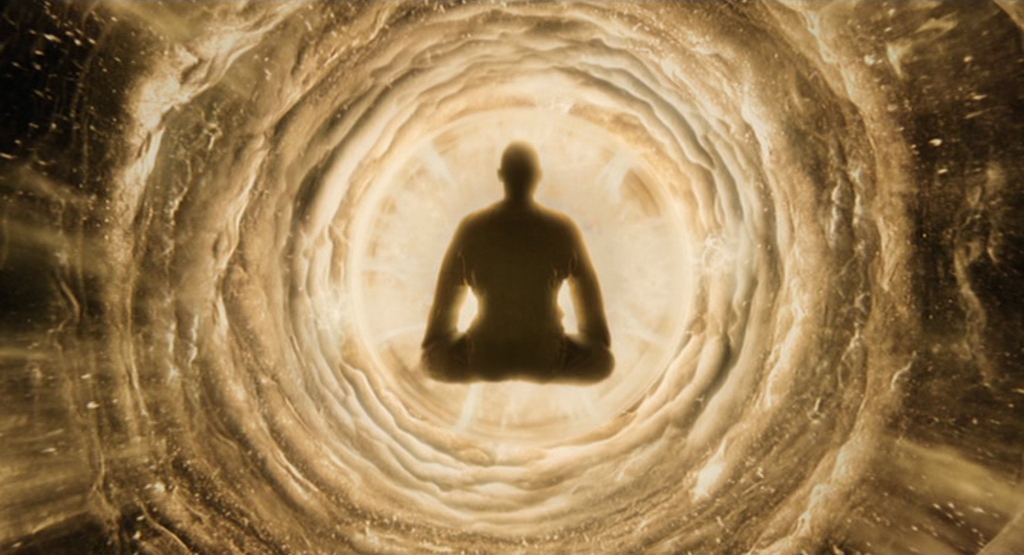
Aronofsky tackles the deep effects that the loss of identity may have on a person through spectacular imagery and sophisticated narration. Characters frequently engage in self-destruction as they struggle to define themselves or keep some measure of control over their life. Aronofsky’s exploration of identity crisis serves as a reminder of the fragile and transient nature of human existence.
The films by Darren Aronofsky, which explore the depths of human pain and self-destruction, stand as exceptional and terrifying works of art. Aronofsky pushes viewers to confront unsettling truths about the human condition and the terrible forces that can emerge from within ourselves through his great storytelling and captivating characters.
The investigation of self-destructive characters by Aronofsky is a moving illustration of how flimsy our goals and desires are. Aronofsky explores the damaging effects of our desires and the toll they take on our lives in films that range from the seductive allure of escapism in “Requiem for a Dream,” where characters are consumed by addiction, to the relentless pursuit of an unattainable ideal depicted in “Black Swan” and “The Wrestler,” where protagonists sacrifice their well-being for perfection.
Aronofsky’s works also explore the eerie influence of earlier experiences in forming destructive tendencies. He deftly illustrates the cyclical nature of trauma in “Mother!,” showing how unresolved hurt and anxiety may result in the breakdown of a person’s mind. Aronofsky emphasises the essential need for acknowledging and dealing with our previous traumas through these stories in order to stop a path towards self-destruction.
Furthermore, Aronofsky’s films’ examination of identity crises emphasise even more the precarious and transitory character of human existence. The protagonist of “The Fountain” and other characters struggle with the dread of losing their identity and set out on frantic searches for immortality. The films of Darren Aronofsky serve as cautionary tales, reminding us of the negative effects that can occur when we hold on to our identities too firmly rather than accepting the transience and fluidity of life.
In the end, Aronofsky’s movies have a profound effect and inspire reflection. They encourage us to consider our own inner demons, the results of our acts, and the incredible vulnerability that each of us carries. Aronofsky’s films deliver a singular and unnerving brilliance that remains long after the credits have rolled by exposing the harsh facts about the human condition.


